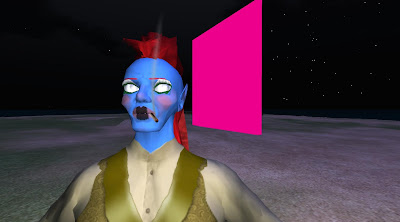
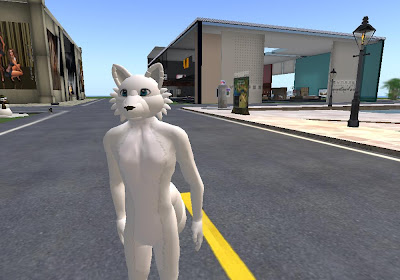
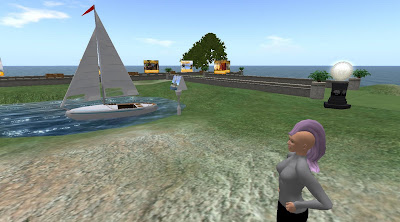
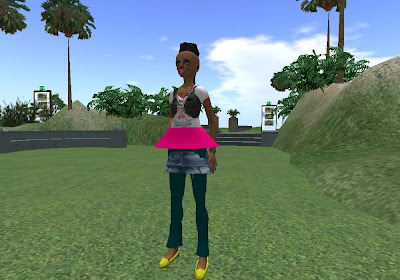
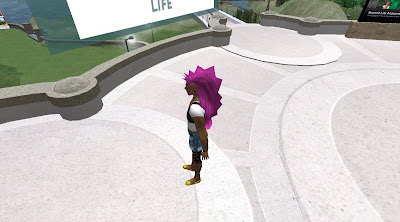
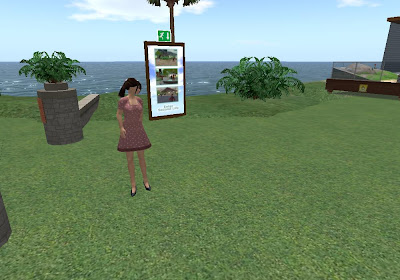
A Department of Sculpture and Environmental Art Project
 Getting your feet wet:
Getting your feet wet:










"Second Life (SL) is a virtual world developed by Linden Lab that launched on June 23, 2003 and is accessible via the Internet. A free client program called the Second Life Viewer[1] enables its users, called Residents, to interact with each other through avatars. Residents can explore, meet other residents, socialize, participate in individual and group activities, and create and trade virtual property and services with one another, or travel throughout the world (which residents refer to as "the grid")."
Wikipideia accessed 20.12.09
"So if you take Wikipedia as a kind of unit, all of Wikipedia, the whole project--every page, every edit, every talk page, every line of code, in every language that Wikipedia exists in--that represents something like the cumulation of 100 million hours of human thought. I worked this out with Martin Wattenberg at IBM; it's a back-of-the-envelope calculation, but it's the right order of magnitude, about 100 million hours of thought."To do: before we meet for the induction!
Gin, Television, and Social Surplus Accessed 19.12.09
To start the research period off, you are requested to look at ways of investigating, documenting and gathering information about all three sites. During the first 2 weeks of the project, Studio 19 will become the ‘Shared Research Archive’ for the project – a depository for the information you gather. This research will be a shared resource, therefore you are required to document it in a way that will allow others to gain understanding and knowledge from your inquiry. This could be done through for example, drawing, photography, writing, recording and using online resources, blogs / wikis.
During the first 2 weeks of the project you are expected to explore the three sites. There will be workshops on SecondLife which will equip you with the tools required to make and build on our island. Check your timetable and the VLE for details. Remember, you have had inductions into our wood and casting workshops and participated in a kinetics workshop. It is expected that you will continue to develop skills in some of these areas and that your final work for this project will reflect this. There are also three lectures that support the project.
The first lecture is by Jacqueline Donachie. Jackie is artist in residence in Bellahouston Park initiated by House for an Art Lover and the department of Sculpture and Environmental Art. Jackie's residency will culminate in an art event that will open in conjunction with Glasgow International.
The second lecture is by David Harding. David established the Environmental Art Department at The Glasgow School of Art and was head of department until his retirement. He is internationally respected as an expert in the field of Public Art Practice and continues to work and write extensively on this area.
The third lecture is by Shauna McMullan and Nicky Bird. Shauna and Nicky are artists in residence at Glasgow Women’s Library, working on the ‘Making Space project’ - investigations towards a public artwork - which will culminate in an exhibition and discussion on issues relating to public art practices during Glasgow International.

During the final 3 weeks of the project, you are expected to develop a work from the research material that has been gathered. The work should reflect an in-depth study of site and context. It should demonstrate that you are aware of who your audience is. Is it a gallery based work that has grown and developed from the research you have done into a particular site - place -context or is it a site based work that exists because of its context?
Who is the artwork for?
Where is it for?
What is it for?
This final period will be supported by tutorials from staff, Cheryl, Paul, Ken and Ben and will culminate in a critical feedback session and exhibition in the Mackintosh building.
Please see the VLE for a full timetable for the project.